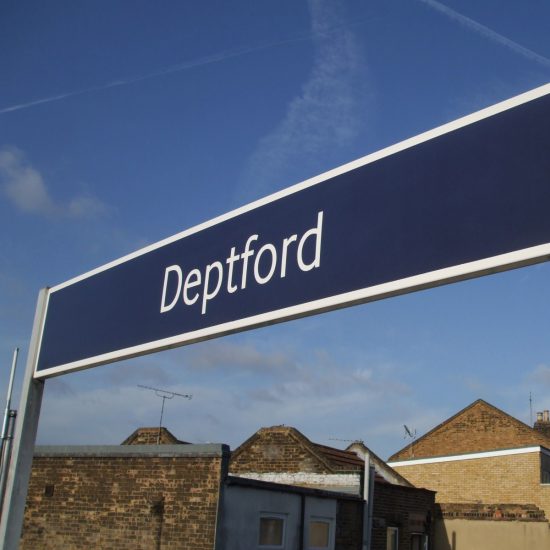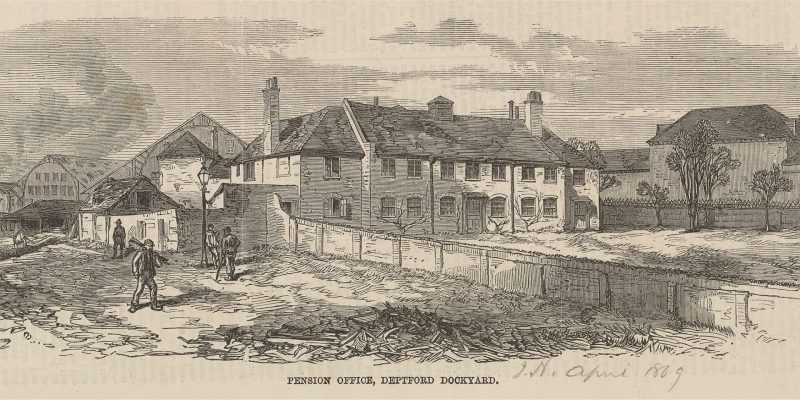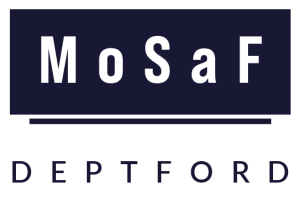We are a small community group with strong roots in Deptford. Our backgrounds are culturally diverse. We are experienced in community development, business, charity work, management, academia and journalism.
We are passionate, enthusiastic and working to reveal the forgotten history of Deptford. Though only a stone’s throw from Royal Greenwich, our history is a very different one. The splendours of Royal Greenwich exist because Deptford exists and our more dramatic story, though obscured, deserves at least as much attention as those of kings, queens, famous diarists and fabulously wealthy merchants.
Our history in Deptford needs to be brought to light.
Our Aims
- To highlight the role of Deptford and the Royal Navy in the triangular slave trade and its abolition.
- To explain how London and the rest of the United Kingdom grew rich because of slavery.
- To create a linked visitor experience with the maritime heritage sector at Greenwich, Lewisham and London.
- To research and build relationships with groups and institutions doing similar work nationally and internationally.
- To encourage public engagement with Deptford’s heritage, past, present and future.
- To explore the extent to which freedom from slavery has been won.
Our Objectives
- To obtain suitable artefacts and a museum or exhibition space in Deptford to showcase M o S a F, Deptford and our part of the Thames.
- To encourage public discussion about the effects of slavery and highlight ongoing struggles for freedom.
- Create a research group and online resources for dissemination of information.
- To run education programmes and develop other public events and exhibitions which celebrate Deptford’s unique culture.
- To empower the local community through training so that it can be fully engaged in the development, management and running of M o S a F Deptford.

Why Deptford?
Deptford is a fitting location for such a museum in London because of its historic connections with the Royal Navy which provided convoy protection to slavers at the behest of monarchs for more than 200 years.
The first ever British slaver, John Hawkins, enriched Elizabeth 1 with profits from slavery. He lived and worked in a naval house in Deptford. The town subsequently built many of the cutting-edge vessels that travelled across the Atlantic for slaving profits. Its physical proximity to the financial heart of London meant that there was no shortage of investors willing to take on the risks of the trade in return for the profits they would reap. It was a close maritime neighbour and supporter to slaving businesses like the South Sea Company. Many of the area’s principal citizens and institutions were also actively involved in slavery.
Furthermore it was the place where one of the principal abolitionists, Olaudah Equiano, was kidnapped by his naval master, taken down the river and sold into a further five years servitude in the Caribbean. Deptford constructed some of the most significant vessels to take up the fight against the slave trade in the 1810s and, for more than three months, was the watery home of those freed slaves who, in hope of a better life, headed for liberty in Sierra Leone in the 1780s. Their story ended tragically.
Honouring legacy
Ideally MoSaF Deptford would be situated on the bank of the River Thames where the soon to be developed brownfield site called Convoys Wharf now stands. Though this site is not an essential location for MoSaF London it would be a good place. Our state of the art digital museum could compliment existing ideas for the development (Build the Lenox and Sayes Court Garden), help to give it character and a strong sense of place.

